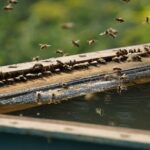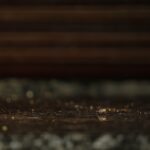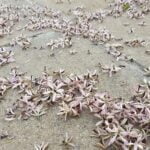Get ready to delve into the captivating world of termites as we uncover the astonishing secrets of nature’s architectural leaders – the queen termites. As an experienced entomologist specializing in termites, I’m excited to share with you the remarkable trivia surrounding these regal creatures. From their intricate behaviors to their vital role within termite colonies, prepare to be astounded by the queen termites’ extraordinary reproductive capabilities and their significance in the fascinating hierarchy of termite societies. So, let’s embark on a journey of discovery into the captivating world of queen termites and unravel the mysteries that lie within their majestic realms.
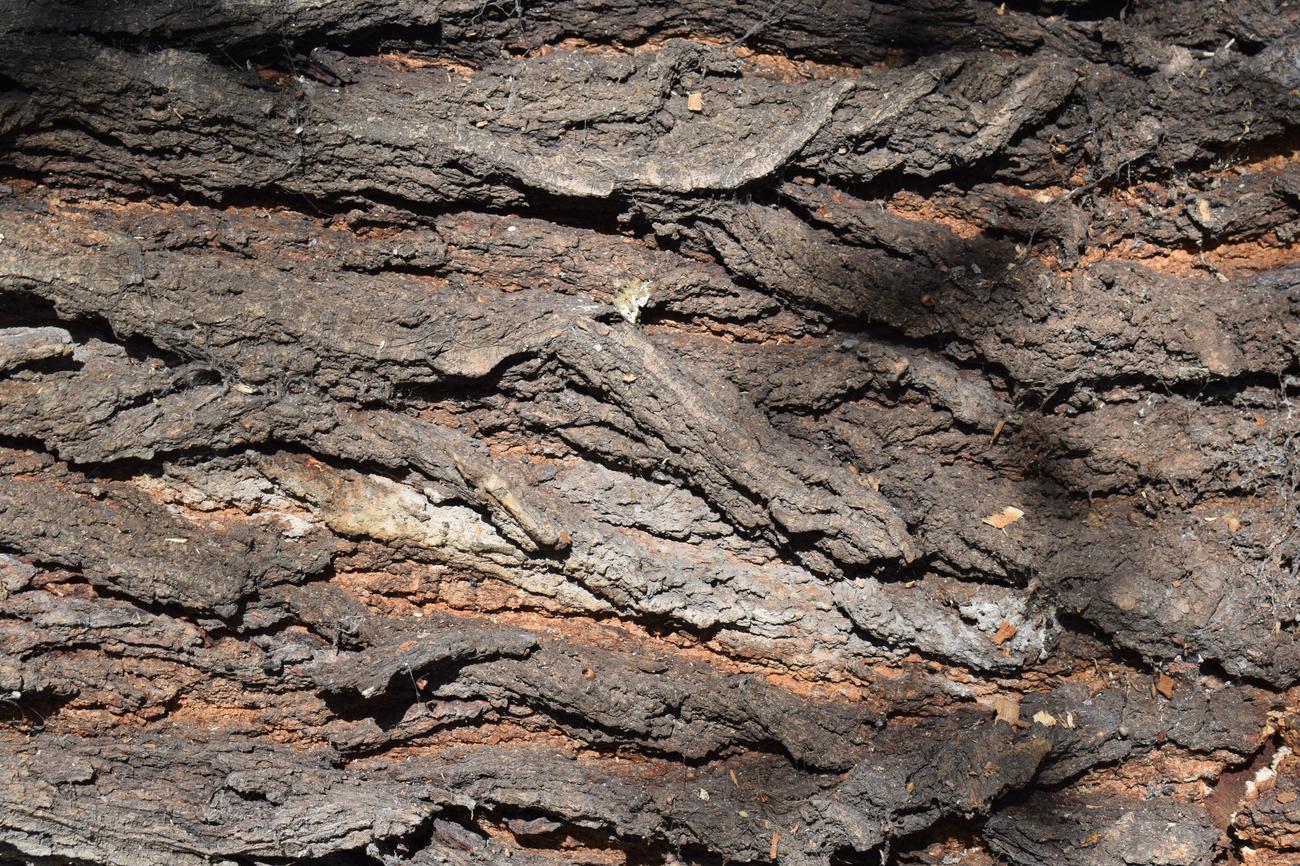
Queen Termite Trivia
Queen termites, the powerful and awe-inspiring leaders of termite colonies, hold a fascinating array of secrets. Delving into their mysterious world opens up a world of wonder and amazement. Let’s explore some intriguing trivia about queen termites that will leave you in awe of these nature’s architectural leaders.
1. The Indomitable Lifespan of Queen Termites
Did you know that queen termites have a remarkably long lifespan? On average, they can live anywhere from 25 to an incredible 50 years! This incredible longevity is a testament to the critical role they play in the survival and growth of their colonies. The queen termite’s dedication to her colony is truly unparalleled.
“Queen termites truly embody the essence of fortitude and dedication, with their impressive lifespan spanning decades. It’s truly extraordinary!”
2. The Reign of Egg Production
Peak egg production is a defining characteristic of queen termites. Just imagine, for up to 10 years, these industrious queens can lay thousands of eggs every single day! Their reproductive capabilities are second to none. This constant influx of new termites ensures the continued growth and vitality of the colony.
“During the height of their reign, queen termites are egg-laying machines, ceaselessly populating their colonies with flourishing generations.”
3. The Cycle of Succession
The crown of a queen termite is not inherited; it is earned. When a queen termite dies, the colony ensures its survival by developing a new queen from within. This remarkable succession system allows the colony to maintain its strength and continuity. It’s a testament to the resilience of these architectural leaders.
“With the passing of a queen, a new leader emerges, ready to continue the legacy and ensure the colony’s prosperity.”
4. The Exclusive Reproductive Privilege
Among the castes of termites, the queen holds the exclusive privilege of reproduction. She is the sole female termite capable of reproducing. This remarkable distinction sets her apart from other termites and accentuates her role as the heart and soul of the colony. Without the queen’s reproductive prowess, termite colonies would cease to exist.
“The queen’s reproductive exclusivity showcases her supreme importance in the hierarchy, granting her an elevated status among her termite subjects.”
5. The Incredible Egg-laying Capacity
The egg-laying capacity of a single queen termite is truly mind-blowing. Each day, she has the ability to lay thousands of eggs. This consistent and seemingly endless supply of new termites ensures the longevity and expansion of the colony. It’s a testament to the queen’s vital role in termite society.
“A queen termite’s ability to lay thousands of eggs every day reveals nature’s astounding abundance of life and highlights the queen’s significance in termite colonies.”
6. Unveiling the Sign of Infestation
The presence of queen termites can be detected through various signs of infestation. Keep an eye out for telltale indicators such as the appearance of swarmers, mud tubes, and hollow or damaged wood. These signs point to the presence of a queen and her thriving colony near you.
7. Methods for Uncovering the Queen
Discovering the presence of a termite queen requires some investigative methods. Bait traps, thermal imaging, and tapping into termite tunnels are effective techniques for finding and exposing the queen. Unmasking the queen termite grants valuable insight into the inner workings of the colony.
8. Reigning Over Time
On the grand scale of insect lifespans, queen termites hold the record for the longest known lifespan. Spanning over several decades, their reign surpasses that of any other insect. Their enduring leadership leaves a profound impact on their colonies, shaping them in ways unimaginable.
9. Ancient Architects
Termites have roamed the Earth for an astounding 150 million years, proudly holding the title of nature’s ancient architects. Their intricate societies, facilitated by the queen’s guidance, have persevered through countless generations. It’s a testament to their resilience and adaptability in the face of changing environments.
10. The Enigmatic Distended Abdomen
The queen’s distended abdomen is a key feature that immobilizes her and distinguishes her from other termites. It serves as a testament to her reproductive prowess, as it allows her to accommodate the thousands of eggs she produces each day. This elongated and swollen abdomen is a symbol of her central role in the colony.
11. The Key to Termite Colony Eradication
When it comes to eliminating a termite nest, the queen holds the key. While exterminating workers and soldiers can temporarily curb the damage, it is only by effectively eliminating the queen that a colony can be fully eradicated. Targeting and neutralizing the queen ensures the survival of your structures from termite onslaught.
“When facing a termite infestation, remember that targeting the queen is the ultimate game-changer. Neutralizing her secures your victory against these silent destroyers.”
12. The Anatomy of a Queen
A queen termite possesses a distinctive anatomy comprising the antenna, head, thorax, legs, and a remarkable abdomen. It is through this intricate physical makeup that she carries out her vital reproductive functions. Every aspect of her anatomy is perfectly adapted to her role as leader and mother.
13. Majestic Dimensions
A queen termite truly stands out from her subjects with her imposing size. Stretching as long as 15 millimeters, she is a giant among the termite ranks. This physical distinction further emphasizes her importance and power within the colony.
In the captivating world of termites, the queen reigns supreme. She holds the colony together, propels its growth, and ensures its survival. The trivia surrounding queen termites is nothing short of astounding, leaving us in awe of nature’s architectural leaders.
So, let’s marvel at the queen termite and her remarkable trivia. From her indomitable lifespan to her exclusive reproductive capabilities, from the signs of her presence to the methods of uncovering her, the queen termite stands as an architectural marvel that humbles and fascinates us all.
Queen Termite Facts: Did you know that queen termites are not only the largest termites, but they also play a crucial role in the survival of their colonies? These remarkable insects are capable of laying thousands of eggs every day, ensuring the growth and prosperity of their termite communities. If you want to learn more about queen termites and their fascinating behaviors, click here: Queen Termite Facts. Explore a treasure trove of information about these extraordinary creatures and delve into the intriguing world of termite societies. Don’t miss this opportunity to expand your knowledge and discover the secrets of the queen termite!
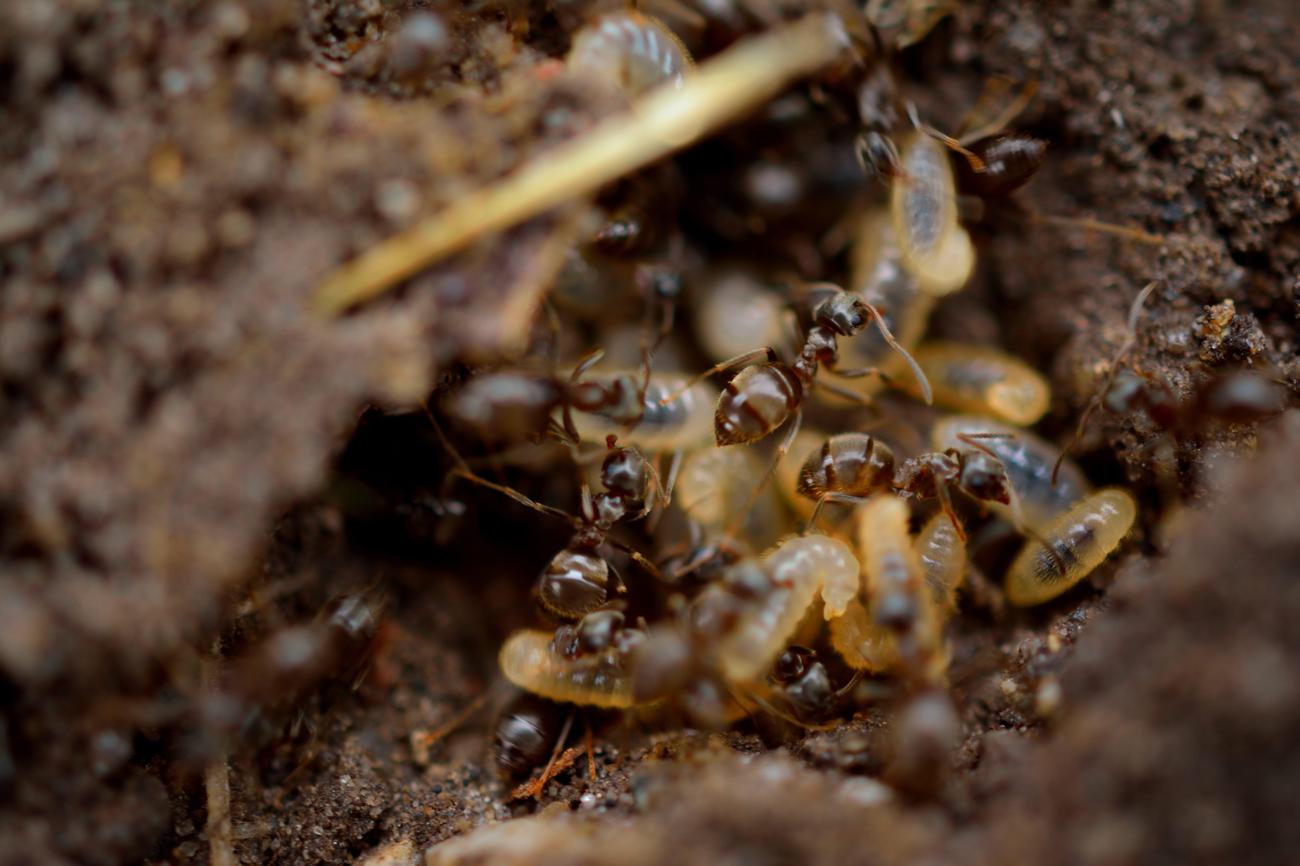
FAQ
Q: How long do termite queens typically live?
A: Termite queens have a long lifespan, typically living 25 to 50 years.
Q: What is the peak egg production period for a termite queen?
A: The peak egg production for a termite queen is up to 10 years.
Q: What happens when a queen termite dies?
A: When a queen termite dies, a new queen will develop in the colony.
Q: Can all female termites reproduce?
A: No, termite queens are the only female termites that can reproduce.
Q: How many eggs can a single queen termite lay each day?
A: A single queen termite can lay thousands of eggs each day.


